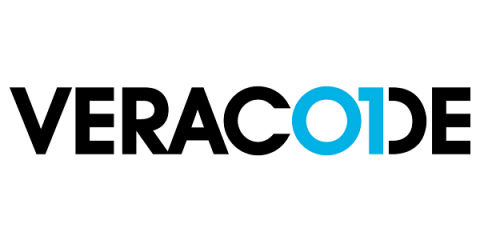Veracode Named a Leader in The Forrester Wave: Static Application Security Testing, Q1 2021
If you’re looking to start or optimize an AppSec program in 2021, the Forrester WaveTM report is a good place to begin your research. The report not only details essential elements of AppSec solutions, but also ranks 12 static application security testing (SAST) vendors based on their current offering, strategy, and market presence. Development speeds and methods are changing and the requirements for a SAST solution are evolving as well.



